The Non-Residential Polished Concrete Market is currently characterized by a dynamic competitive landscape, driven by increasing demand for durable and aesthetically pleasing flooring solutions across various sectors, including retail, hospitality, and industrial applications. Key players such as Sika AG (Switzerland), BASF SE (Germany), and The Sherwin-Williams Company (United States) are strategically positioned to leverage their extensive product portfolios and innovative technologies. Sika AG (Switzerland) focuses on enhancing its product offerings through continuous research and development, while BASF SE (Germany) emphasizes sustainability in its operations, aiming to reduce the environmental impact of its products. The Sherwin-Williams Company (United States) is actively pursuing regional expansion to capture emerging markets, thereby shaping a competitive environment that is increasingly focused on innovation and sustainability.
In terms of business tactics, companies are localizing manufacturing to reduce lead times and optimize supply chains, which is particularly crucial in the context of rising material costs and logistical challenges. The market appears moderately fragmented, with a mix of large multinational corporations and smaller specialized firms. This structure allows for a diverse range of products and services, fostering competition that encourages innovation and responsiveness to customer needs.
In August 2025, Sika AG (Switzerland) announced the launch of a new line of eco-friendly polished concrete products designed to meet the growing demand for sustainable construction materials. This strategic move not only aligns with global sustainability trends but also positions Sika as a leader in environmentally responsible solutions, potentially enhancing its market share in the non-residential sector. The introduction of these products may attract environmentally conscious clients, thereby expanding Sika's customer base.
In September 2025, BASF SE (Germany) unveiled a partnership with a leading technology firm to integrate artificial intelligence into its production processes. This collaboration aims to enhance operational efficiency and product quality, indicating BASF's commitment to leveraging technology for competitive advantage. The integration of AI could streamline manufacturing processes, reduce waste, and improve the overall performance of polished concrete products, thereby reinforcing BASF's market position.
In July 2025, The Sherwin-Williams Company (United States) completed the acquisition of a regional concrete solutions provider, which is expected to bolster its distribution network and product offerings in the non-residential market. This acquisition reflects Sherwin-Williams' strategy to enhance its market presence and diversify its product range, allowing for greater responsiveness to customer demands and regional market trends.
As of October 2025, the competitive trends in the Non-Residential Polished Concrete Market are increasingly defined by digitalization, sustainability, and the integration of advanced technologies. Strategic alliances are becoming more prevalent, as companies seek to combine resources and expertise to enhance their competitive positioning. Looking ahead, it is likely that competitive differentiation will evolve from traditional price-based competition to a focus on innovation, technological advancements, and supply chain reliability, as firms strive to meet the changing demands of the market.


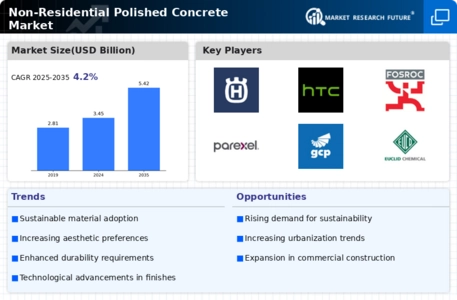
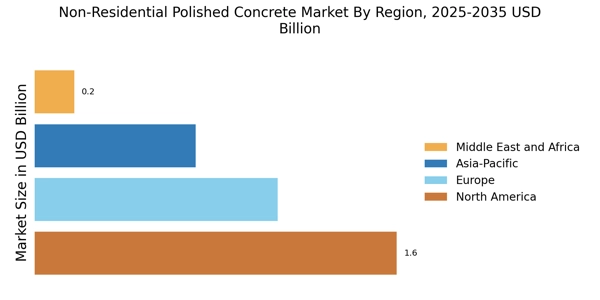

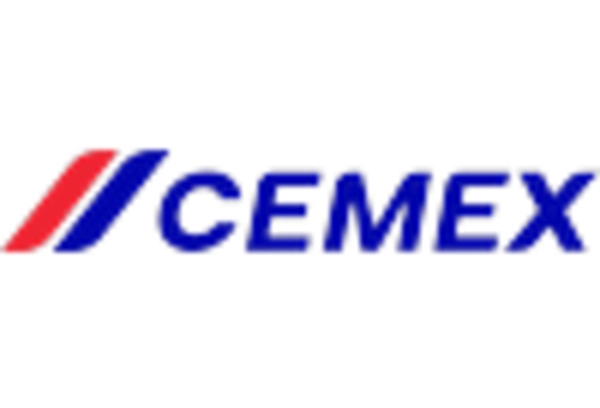
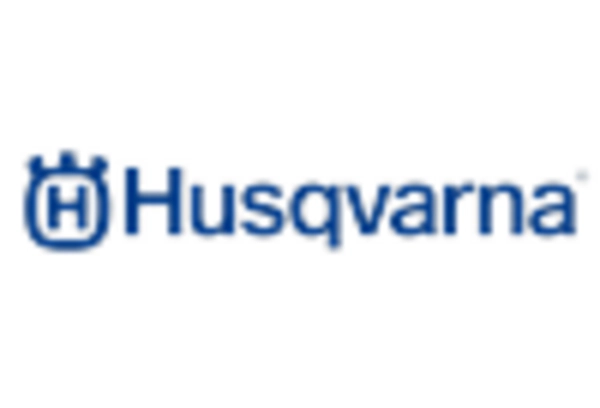


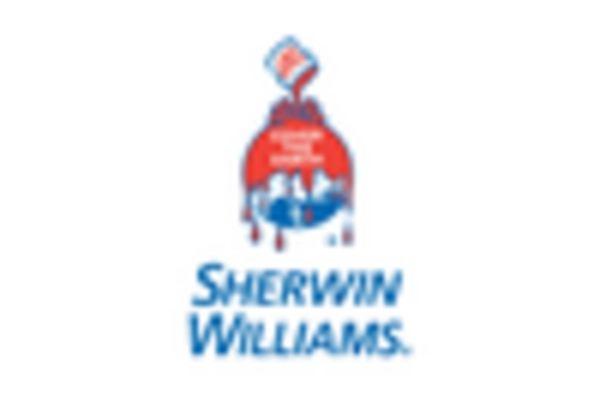








Leave a Comment